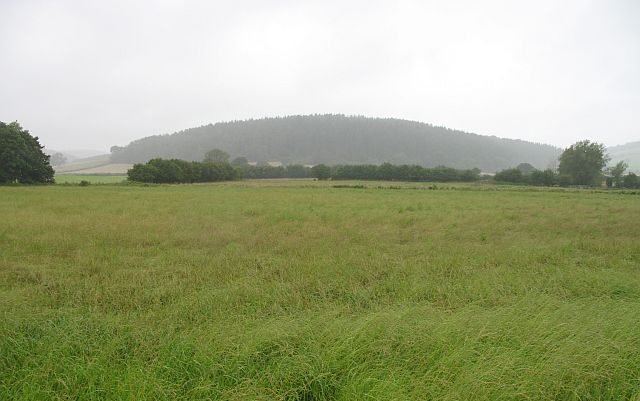
The continuing rain during this harvest season is giving farmers a particular challenge when looking to make high quality silage for the upcoming winter season. With this in mind, Dr. Dave Davies Independent Consultant to the Silage Advisory Centre provides a few tips on how to get the best out of wet silage.
The impact of the wet weather on this harvest season could be significant: silage quality is likely to be poor with low energy and protein contents, stocks of good quality silage are expected to run low this winter, and cereal whole crops are looking particularly challenged and likely to be low yielding. Alongside this, the flooding and drought conditions in various parts of the world will probably see the costs of ‘bought-in’ concentrate feeds increase even further.
“The fact that there appears to be no end in sight to this terrible weather means that time is running out for subsequent high quality silage cuts, so the sooner farmers can harvest the grass the bigger the window of opportunity for subsequent silage cuts,” explains Dr. Davies.
So now really is the time to focus on how to make the best possible silage from what is available in the fields. Dr. Davies provides a few pointers on how to turn a difficult situation better rather than worse.
Assess the fields. Wet or water logged areas increase the risks of soil contamination in the silage. Consider not cutting until the weather is drier, or if that is not an option, look into cutting and removing, not ensiling. Consider baling these areas, a preferable option to avoid risk of contaminating the entire silage clamp.
Aim for a clean cut. If the crop is still standing but the base of the sward is dead and slimy, adapt the cutting height to avoid this material, it is of poor nutrient and microbiological quality and you will reduce the risks of contaminating yeasts, moulds, listeria and clostridia. This will improve the fermentation and the nutrient quality admittedly at the expense of yield. If the crop is lodged do the best you can to obtain a clean cut.
Top your fields. Once the silage has been carted it is important to remove any uncut material if the field is to be used for a further cut. This can be done either by topping or by ‘mob grazing’ but it must be removed to improve both growth and quality of the subsequent cut.
Ensile in bales. Instead of waiting for the weather to come good in order to ensile in silage pits, it may be worth taking a gamble on one field at a time with a one day window of opportunity to ensile in bales. By taking a field out one at a time and making baled silage, the nutritive quality may not deteriorate as much and that field is then returned to growth which may offer crucial grazing land or a further cut of hopefully better quality silage in 5 – 6 weeks time.
Wilt rapidly. Once cut, it is important to obtain a rapid wilt. So even on a dull day, if the ground is free draining and dry, it is worth spreading the crop to speed-up the wilting process. If the forecast is for rain the following day, ensile the crop before the rain comes as the crop will only deteriorate further with the rain. Ensile even if it is below the ideal dry matter, the nutrient
Wet silage: getting it better rather than worse
content will be superior than leaving out a further few days in the hope that the weather comes good.
Finally, Dr. Davies recommends that this year more than ever it is imperative that farmers follow good ensiling principles.
“In particular farmers need to ensure that oxygen is removed during silage making and kept out until feed out, this will ensure that the limited supply of sugar will be converted efficiently to lactic acid to aid preservation and that yeasts and moulds don’t cause spoilage to the limited silage stocks. Alongside this, the likelihood of low sugar content in the silage crop may suggest the use of a good additive to control the preservation process.”
